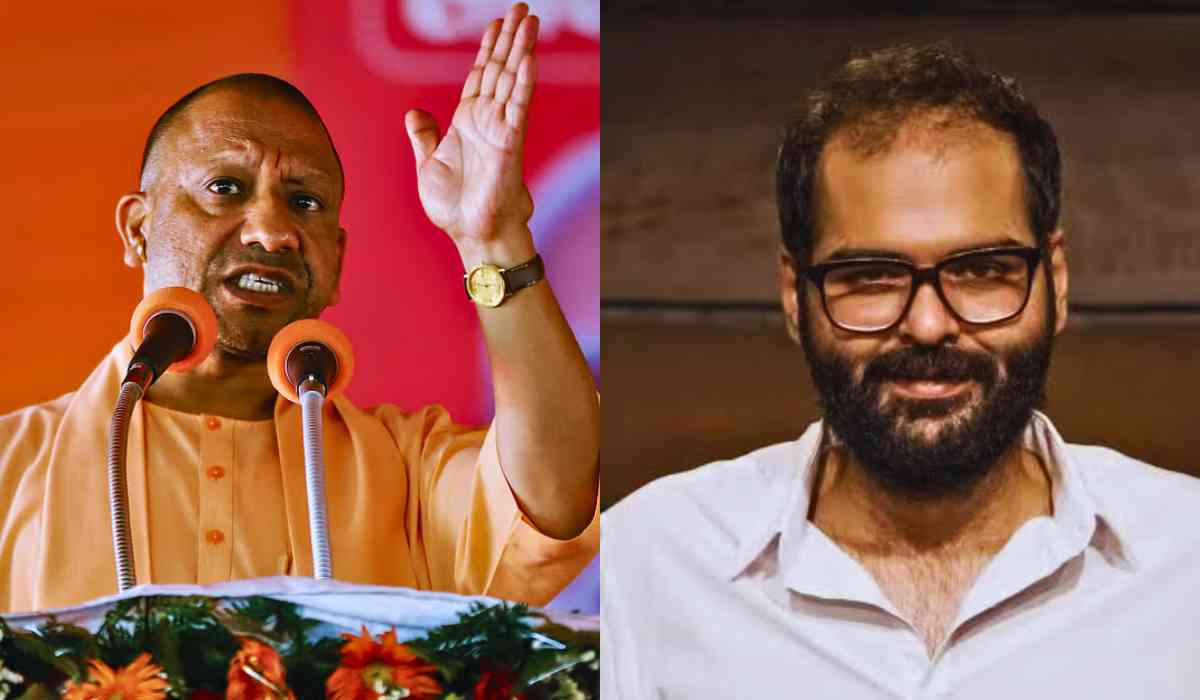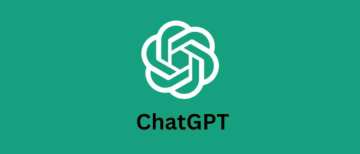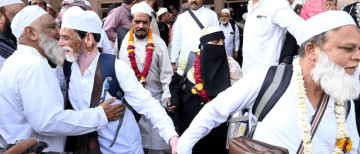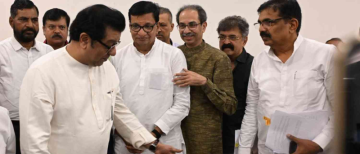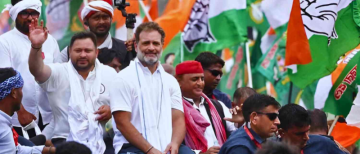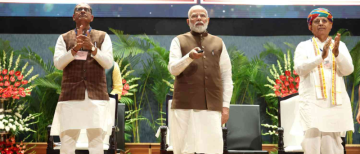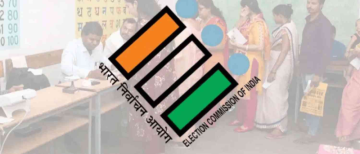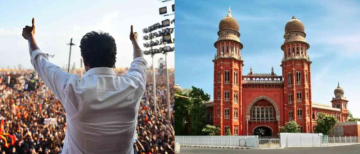Freedom of expression is one of the most cherished rights in a democracy. It allows individuals to voice their opinions, share ideas, and even critique those in power. However, this right often comes under scrutiny when it clashes with societal norms or political sensitivities. Recently, Uttar Pradesh Chief Minister Yogi Adityanath shared his views on the limits of freedom of expression, sparking a debate on its boundaries and responsibilities.

The Context
The discussion gained traction following an incident involving comedian Kunal Kamra. During a stand-up performance, Kamra made remarks about Maharashtra Deputy Chief Minister Eknath Shinde, calling him a "gaddar" (traitor). These comments referred to Shinde’s political moves that led to the fall of the previous government in Maharashtra. Following Kamra’s act, Shiv Sena workers vandalized the venue where he performed, highlighting the growing tensions surrounding political satire and public discourse in India.
Yogi Adityanath’s Statement
Addressing this issue, Yogi Adityanath stated that while freedom of expression is a fundamental right, it should not be used to make personal attacks or create divisions within society. He remarked, “Your freedom of expression cannot be used to make personal attacks on others.” Adityanath emphasized the need for responsible use of this freedom, cautioning against actions that could deepen societal divides or harm individual reputations.
He further suggested that legal measures should be in place to address instances where freedom of speech is misused. His comments reflect a broader concern among political leaders about maintaining decorum and respect in public discourse.
The Larger Debate
This incident is part of a wider conversation about the boundaries of free speech in India. Over the years, comedians, journalists, and artists have faced criticism—and sometimes legal action—for their work that critiques or satirizes political figures. While satire and humor are recognized as important aspects of free expression, they often face pushback when they touch sensitive topics.
Politicians across parties have expressed concerns about balancing freedom of speech with respect for individuals. For instance, Eknath Shinde also commented on Kamra’s act, stating that while satire is understood, there should be limits to what can be said under the guise of humor.
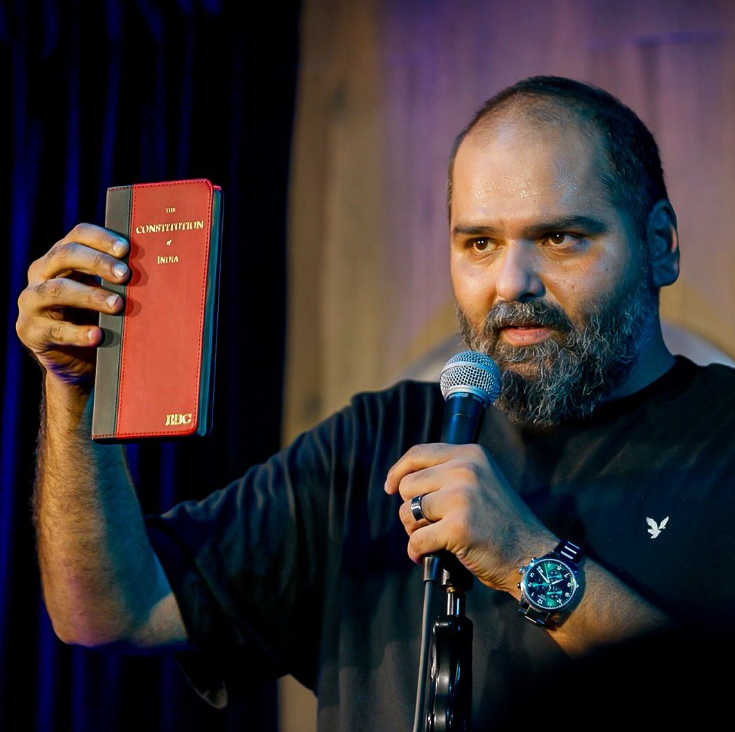
The Role of Artists
Kunal Kamra has remained firm in his stance, defending his right to express himself through comedy. He argued that comedians should not be held accountable for their material in ways that infringe upon their artistic freedom. Kamra likened blaming venues for a comedian’s content to blaming a tomato truck for bad butter chicken—a metaphor suggesting that accountability should not be misplaced. This highlights the ongoing tension between artistic freedom and societal expectations. Artists often walk a fine line between expressing their views and respecting public sentiments.
The debate over freedom of expression raises important questions: Where should the line be drawn? How can society ensure that free speech does not lead to harm or division? At the same time, how can individuals—whether artists or citizens—exercise their rights without fear of censorship or retaliation?
Yogi Adityanath’s remarks underline the importance of responsibility in exercising free speech. However, they also bring attention to the need for clarity on what constitutes misuse of this right. Legal frameworks and societal norms play a significant role in shaping this balance.
Conclusion
Freedom of expression remains a cornerstone of democracy but is not without its challenges. The recent discussions sparked by Yogi Adityanath’s comments and Kunal Kamra’s performance highlight the complexities involved in navigating this right. While it is essential to protect artistic and individual freedoms, it is equally important to ensure that such freedoms do not lead to harm or discord. As India continues to grapple with these issues, fostering dialogue and mutual understanding will be key to striking a balance between free speech and societal harmony.
With inputs from agencies
Image Source: Multiple agencies
© Copyright 2025. All Rights Reserved Powered by Vygr Media.

